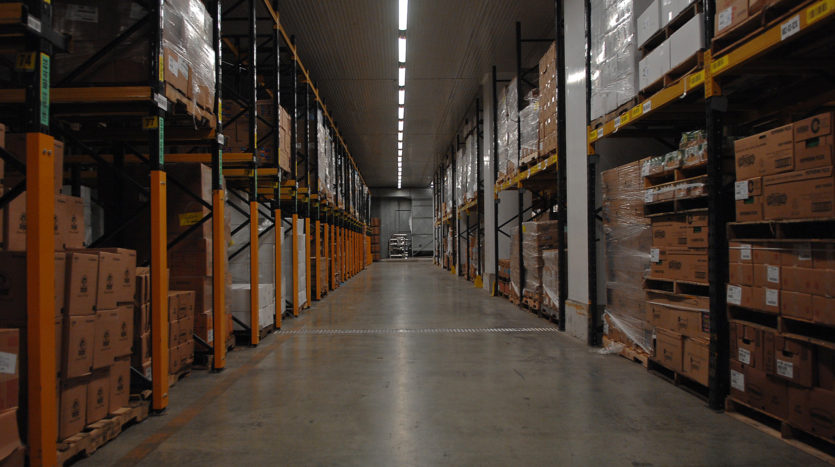There’s suddenly a hot demand in alternative investment: cold storage warehouses. These properties—where companies store perishable goods—have risen in popularity in part due to the growth of e-commercial delivery services such as Amazon Fresh and Blue Services. Currently, only a small percentage of grocery goods are bought online, but that percentage is expected to rise by at least 10% in the next 5 years.
To those considering investing, here are a few things to consider. 1) Cold storage real estate is limited in supply, which helps to increase its value, but it’s going to be most profitable in major food production states such as California and Texas. 2) On a positive note, organic foods are becoming more popular while processed foods are becoming less popular. Organic foods rely on cold storage to last long. Additionally, cold storage facilities become even more useful when commodities need extra time before export during trade wars. 3) Cold storage warehouses are specialized units that can be expensive to build and require government approvals. Additionally, the maintenance load is so hefty that it is difficult to predict the operational costs beforehand.
This is important to note because it has led to an average supply-demand imbalance of 97.2 sq. ft. according to Transwestern. Even with this being the case, MetLife insists that cold storage facilities have shot up 83% in operating profit over the past 5 years.
Taking time to understand the risk vs. reward is pivotal here. You may initially ask yourself, “what is the ‘good’ in investing in cold storage?” You certainly could answer that question from the economical standpoint: an impending tariff war with China means the demand for cold storage will vastly increase. But don’t forget the utilitarian standpoint: with heightened e-commercial demand in the global supply chain, these facilities are becoming more critical for the future of food manufacturing.

